The bad breath was undeniable, and everyone on a full Island Packers ferry was wearing it well. Each time two friendly humpback whales exhaled from their spouts right next to the boat, passengers were showered with a slathering of salty bad breath.
However, no one was complaining. Emotions were running high from 140-plus onlookers. They covered the gamut with utter euphoria, laughter, even tears of joy. It may have been a life-altering moment for many as an animated mother and calf “mugged” the boat for nearly 75 minutes.
The east Santa Barbara Channel had just lit up, as waves of fog billowed and swirled between the boat and the Channel Islands National Park. The setting sun snuck beneath the dense fog, illuminating the magical moment in the recently designated Santa Barbara Channel Whale Heritage Area.
Whaling Away
Getting “mugged” by a humpback whale isn’t something that occurs every day or even once a month. In fact, it might be a once-in-a-lifetime experience for most, but as whales all over the world continue to recover from the whaling era, watching humpback whales in places like the Santa Barbara Channel has become a year-round possibility.

“To elaborate on the fact that we see humpbacks every month of the year here in the S.B. Channel, I personally saw humpbacks every month in 2023 except in January (lots of canceled days due to weather) and May (due to international travel),” said naturalist Holly Lohuis, who is co-director of the Santa Barbara Channel Whale Heritage Area. “But I did see humpbacks this past January 2024 and May 2024. In fact, I have seen humpbacks every month of 2024 so far.”
That says a lot since commercial whaling was banned in 1986. Before that, humpback whale populations had declined to only 10 percent of their original size with only about 1,000 humpbacks surviving in the entire North Pacific.
Humpback whale populations worldwide were severely depleted by extensive commercial whaling until late in the 20th century. They were listed under the U.S. Endangered Species Conservation Act in 1970. An estimated 31,785 were killed in the North Pacific from 1900 to 1979. Following a global ban on humpback whale catches by the International Whaling Commission in 1966, and the cessation of Soviet illegal whaling in the following decade, the
humpback whale population has grown.
Lohuis worked for Island Packers in the 1990s, and she remembers humpback whale sightings were minimal at best. However, since protections were established, humpback whale sightings have increased throughout the decades. She went to work for Jean-Michel Cousteau’s nonprofit Ocean Futures Society for 25 years but returned to Island Packers to work as a deckhand and naturalist in 2018. Lohuis has seen humpback numbers continuing to grow.
“I’ve seen scientific papers saying the humpback whale population is increasing at 4 to 8 percent each year,” she said. “What whale watchers are experiencing in the Santa Barbara Channel are juvenile humpbacks remaining in the channel during the winter months, and the adults migrating to their breeding/birthing grounds in either mainland Mexico or Central America in the winter months. There are also humpback whales traveling over from Hawai‘i.”
She continued, “When I started with Island Packers in 1992, there were about 2,000 humpback whales in the entire North Pacific. But today, NOAA [National Oceanic Atmospheric Association] puts the number at around 28,000 in the Northern Pacific, in which 5,000 humpback whales are seen off California, Oregon, and Washington.”
Not All Muggings Are Malicious
Water bursts from the spout of a humpback whale at 300 mph. As that mom and calf hugged and moved around the Island Packers ferry, it was safe to say that everyone on the lower deck of the boat was doused in stinky whale breath.
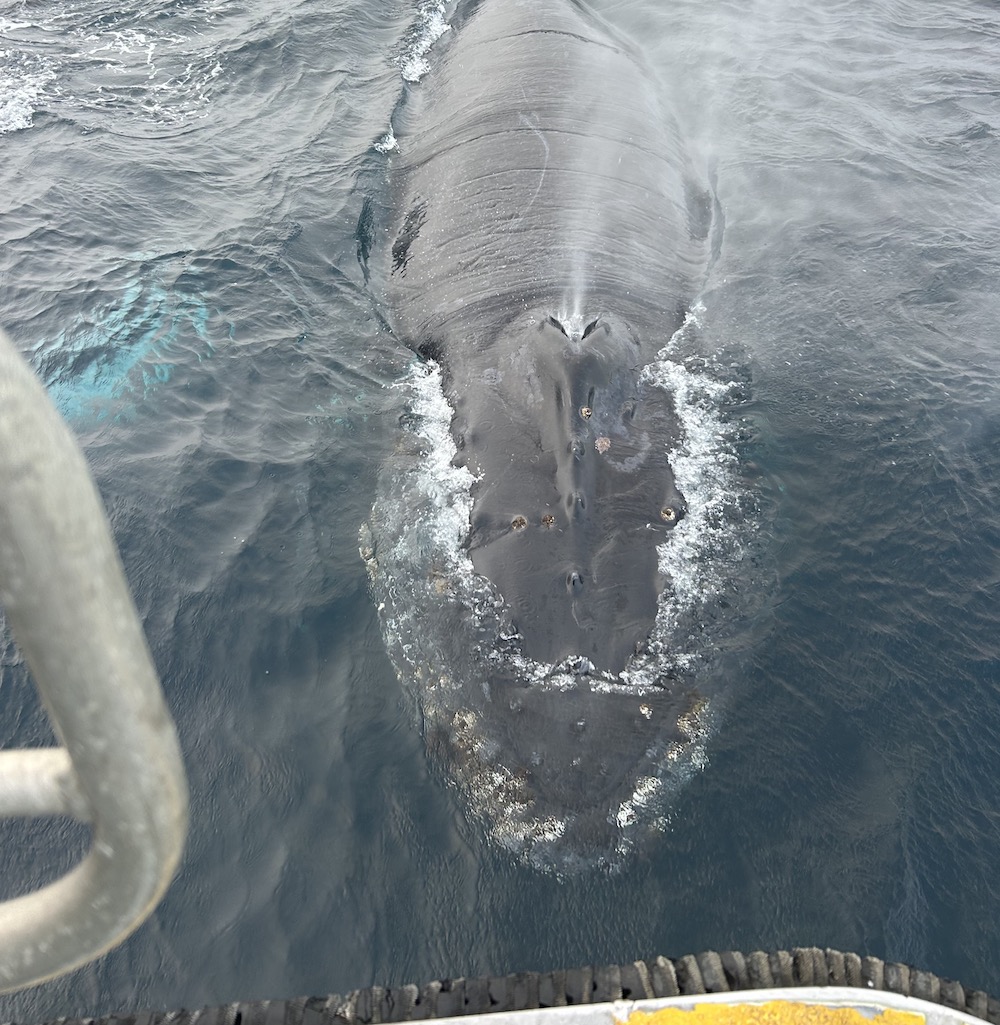
Other occasions involved each whale pointing their heads out of the water, nearly an arm’s-length away as whale watchers crowded along the railing. Their barnacle-covered heads swayed along the boat before submerging again, the white underside of their 15-foot-long pectoral flippers brightening in the cobalt blue water.
Lohuis said there are two well-known humpback whales that she looks forward to seeing every summer, Scarlet and Flip. They have mugged the Condor Express and Island Packers boats on more than one occasion.
There’s no real concrete evidence as to why humpback whales cozy up to boats, but theories abound about their friendly behavior.
“I wish we could ask them,” said Lohuis. “Scientists speculate it is their inquisitive nature and sense of curiosity that leads them over to boats. Since they have been protected for well over 50 years, we are enjoying whales who have never been pursued by whalers.”
Once humpbacks approach a boat, sidling up to the port or starboard side of the vessel, boat captains must stay neutral, and even turn the engines off until whales have grown disinterested and move away. This is to avoid any contact between the propeller and the marine mammal. Humpback whales are the most animated of the whale species, making them more visible to whale watchers.
“Humpbacks are definitely known for their curiosity, social interaction with other whales, and even have shown altruistic behavior in protecting other species, including seals, sea lions, dolphins, and gray whales from the killer whales,” continued Lohuis. “Their recovery from near- extinction due to commercial whaling has also been a major conservation success story, making them a symbol of hope in the recovery of cetaceans.”
Premier Events
Wed, Dec 31
9:00 PM
Santa barbara
NEW YEAR’S Wildcat Lounge
Fri, Dec 26
7:00 AM
Solvang
Solvang Julefest
Sat, Dec 27
7:00 PM
Santa Barbara
Schnack ‘n Bari Jazz Trio at Roy
Wed, Dec 31
6:15 PM
Santa Barbara
NYE 2026 with SB Comedy Hideaway!
Wed, Dec 31
9:00 PM
Santa barbara
NEW YEAR’S Wildcat Lounge
Wed, Dec 31
10:00 PM
Santa Barbara
In Session Between Us: Vol. I NYE x Alcazar
Wed, Dec 31
10:00 PM
Santa Barbara
NYE: Disco Cowgirls & Midnight Cowboys
Thu, Jan 01
7:00 AM
Solvang
Solvang Julefest
Thu, Jan 01
11:00 AM
Santa Barbara
Santa Barbara Polar Dip 2026
Sat, Jan 03
8:00 PM
Santa Barbara
No Simple Highway- SOhO!
Sun, Jan 04
7:00 AM
Solvang
Solvang Julefest
Wed, Dec 31 9:00 PM
Santa barbara
NEW YEAR’S Wildcat Lounge
Fri, Dec 26 7:00 AM
Solvang
Solvang Julefest
Sat, Dec 27 7:00 PM
Santa Barbara
Schnack ‘n Bari Jazz Trio at Roy
Wed, Dec 31 6:15 PM
Santa Barbara
NYE 2026 with SB Comedy Hideaway!
Wed, Dec 31 9:00 PM
Santa barbara
NEW YEAR’S Wildcat Lounge
Wed, Dec 31 10:00 PM
Santa Barbara
In Session Between Us: Vol. I NYE x Alcazar
Wed, Dec 31 10:00 PM
Santa Barbara
NYE: Disco Cowgirls & Midnight Cowboys
Thu, Jan 01 7:00 AM
Solvang
Solvang Julefest
Thu, Jan 01 11:00 AM
Santa Barbara
Santa Barbara Polar Dip 2026
Sat, Jan 03 8:00 PM
Santa Barbara
No Simple Highway- SOhO!
Sun, Jan 04 7:00 AM
Solvang

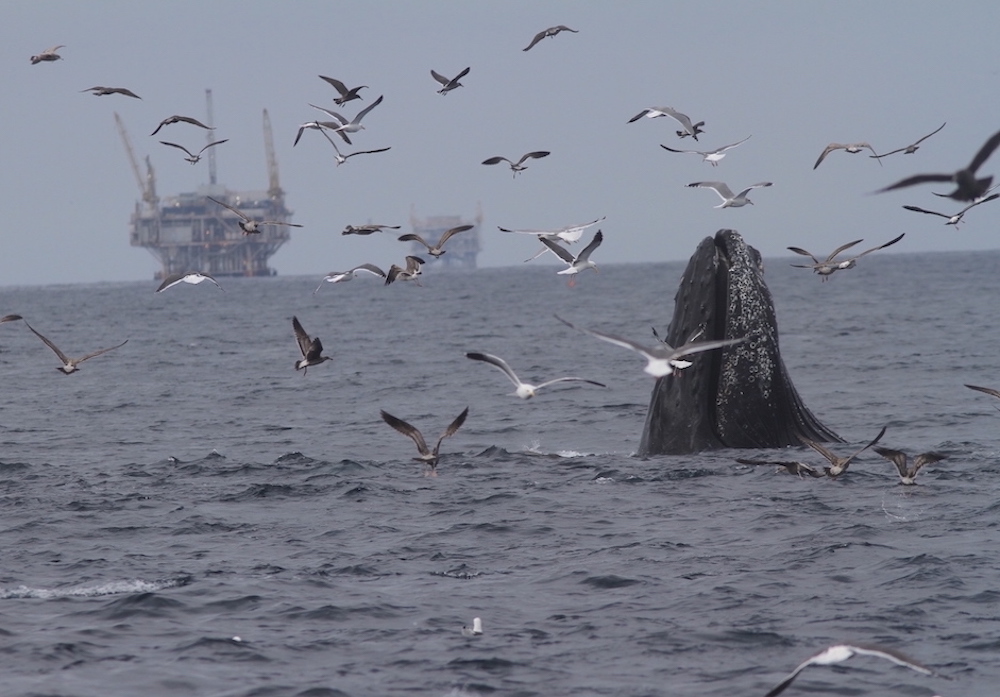
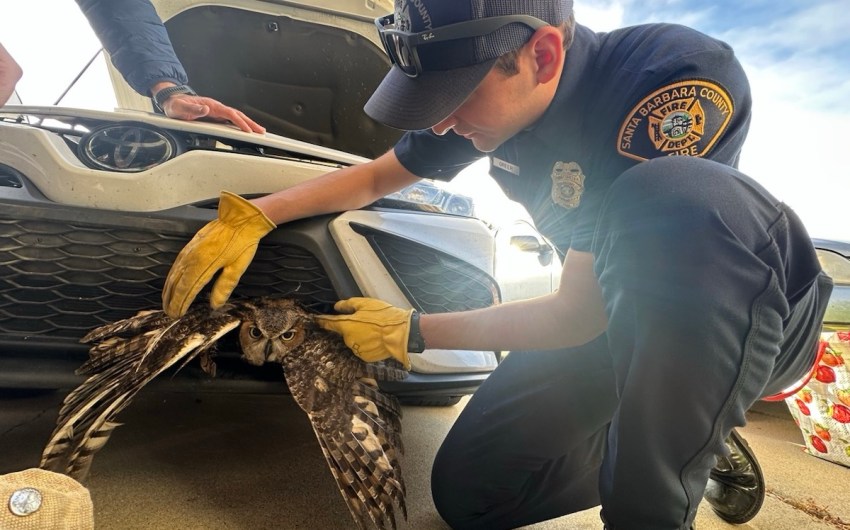
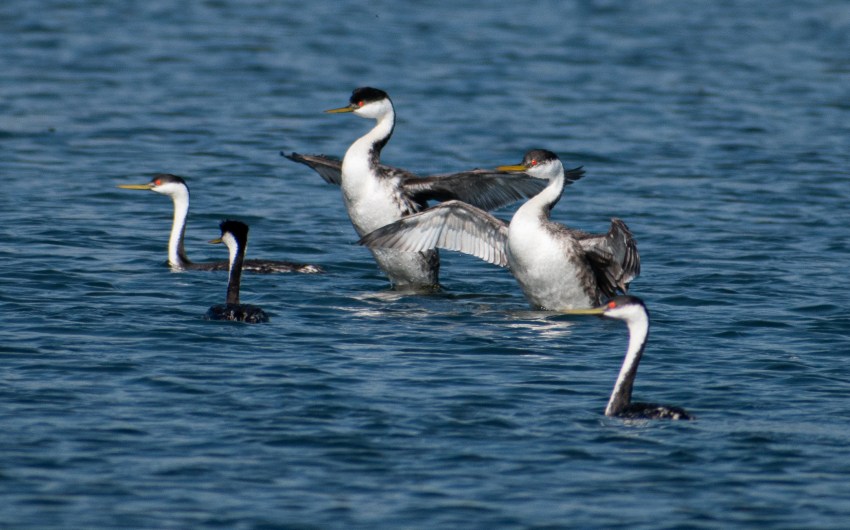

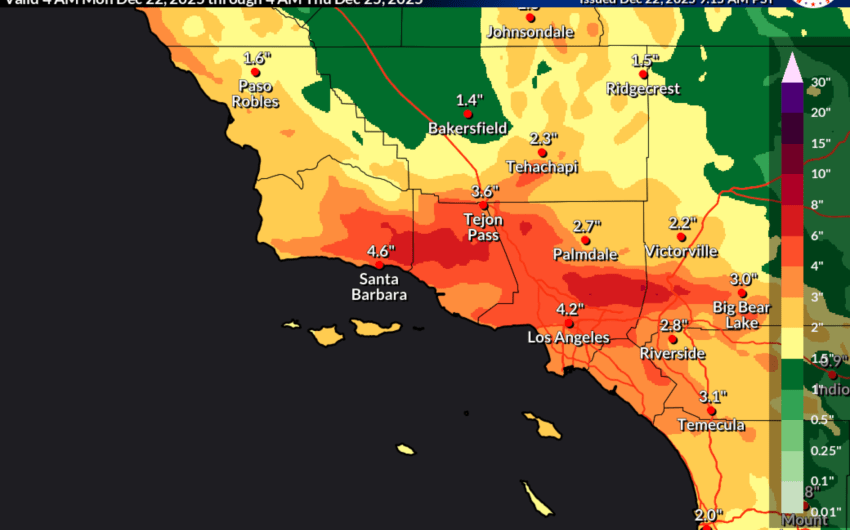
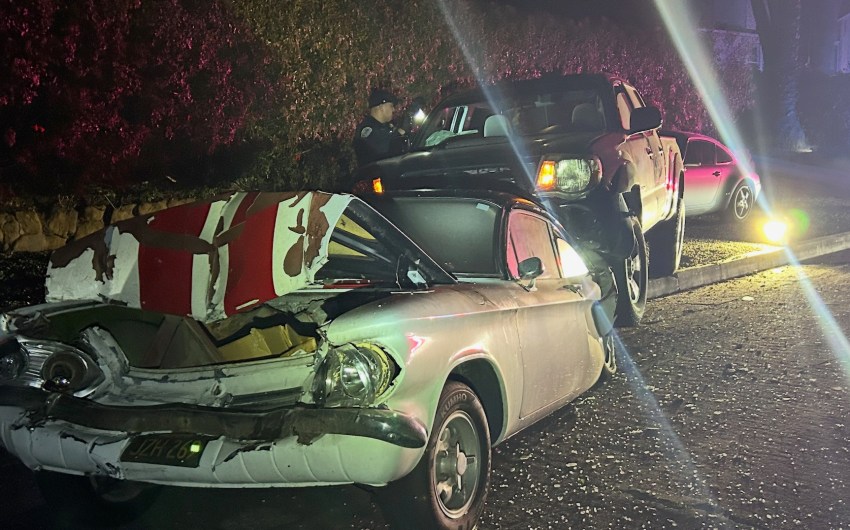



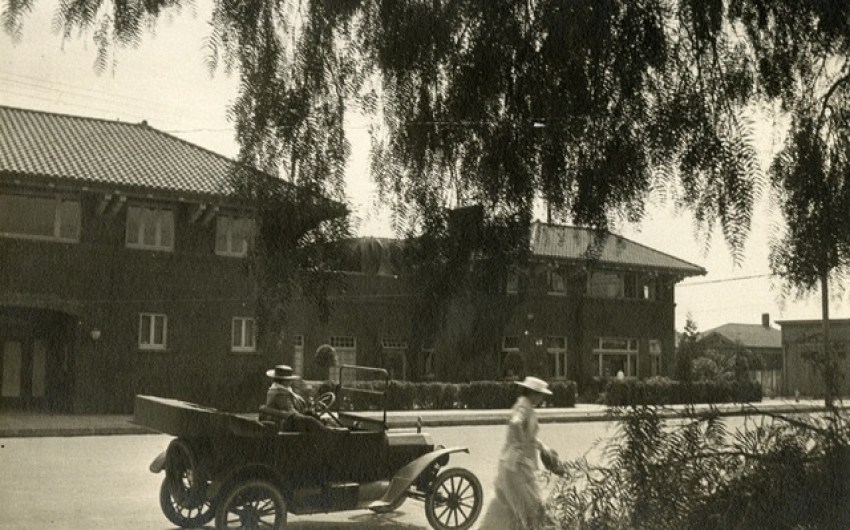




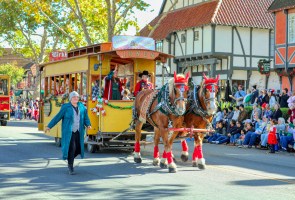




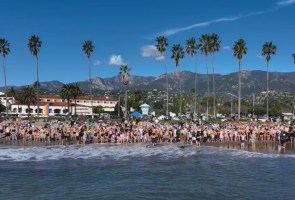

You must be logged in to post a comment.